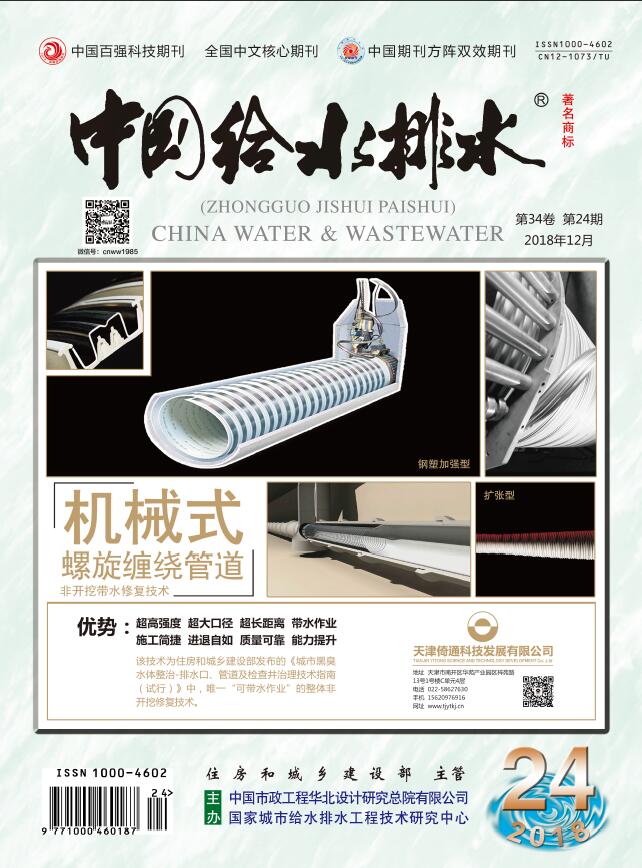BAIHua-qing,WEIYe-xiang,ZENGZheng-ren,et al.Preparation of FeCl3 Modified Sludge Hydrothermal Carbon and Its Adsorption of Vanadium in Water[J].China Water & Wastewater,2025,41(9):81-87.
Preparation of FeCl3 Modified Sludge Hydrothermal Carbon and Its Adsorption of Vanadium in Water
China Water & Wastewater[ISSN:1000-4062/CN:12-1073/TU]
volume:
第41卷
Number:
第9期
Page:
81-87
Column:
Date of publication:
2025-05-01
- Keywords:
- sludge; hydrothermal carbon; modification; vanadium; adsorption
- Abstract:
- During the mining and processing of vanadium ore, large amounts of wastewater are generated, and the vanadium element poses potential toxicity and environmental risks. Hydrothermal carbon (HTC), as an emerging adsorbent, has shown great potential in the field of water treatment. Using dewatered sludge as the raw material, HTC was prepared, and then modified with FeCl3 to obtain modified biochar (MBC). Characterization analysis, including specific surface area and pore size, SEM, FT-IR, and Zeta potential, were conducted on both HTC and MBC to investigate their adsorption performance and reusability for vanadium in water. The results indicated that the modified hydrothermal carbon successfully loaded iron oxides, enhancing its adsorption capacity for anionic pollutants. The optimal pH for vanadium adsorption in wastewater by HTC and MBC was 3 and 4, respectively, with an optimal dosage of 12 g/L. MBC exhibited better resistance to anion interference compared to HTC. The adsorption of vanadium by both HTC and MBC fitted well with the Langmuir isotherm and pseudo-second-order kinetic models. After four adsorption-desorption cycles, the adsorption rate of MBC for a vanadium solution with an initial concentration of 50 mg/L remained at 98.42%, demonstrating that MBC has great potential for the treatment of vanadium-containing wastewater.
Last Update:
2025-05-01

